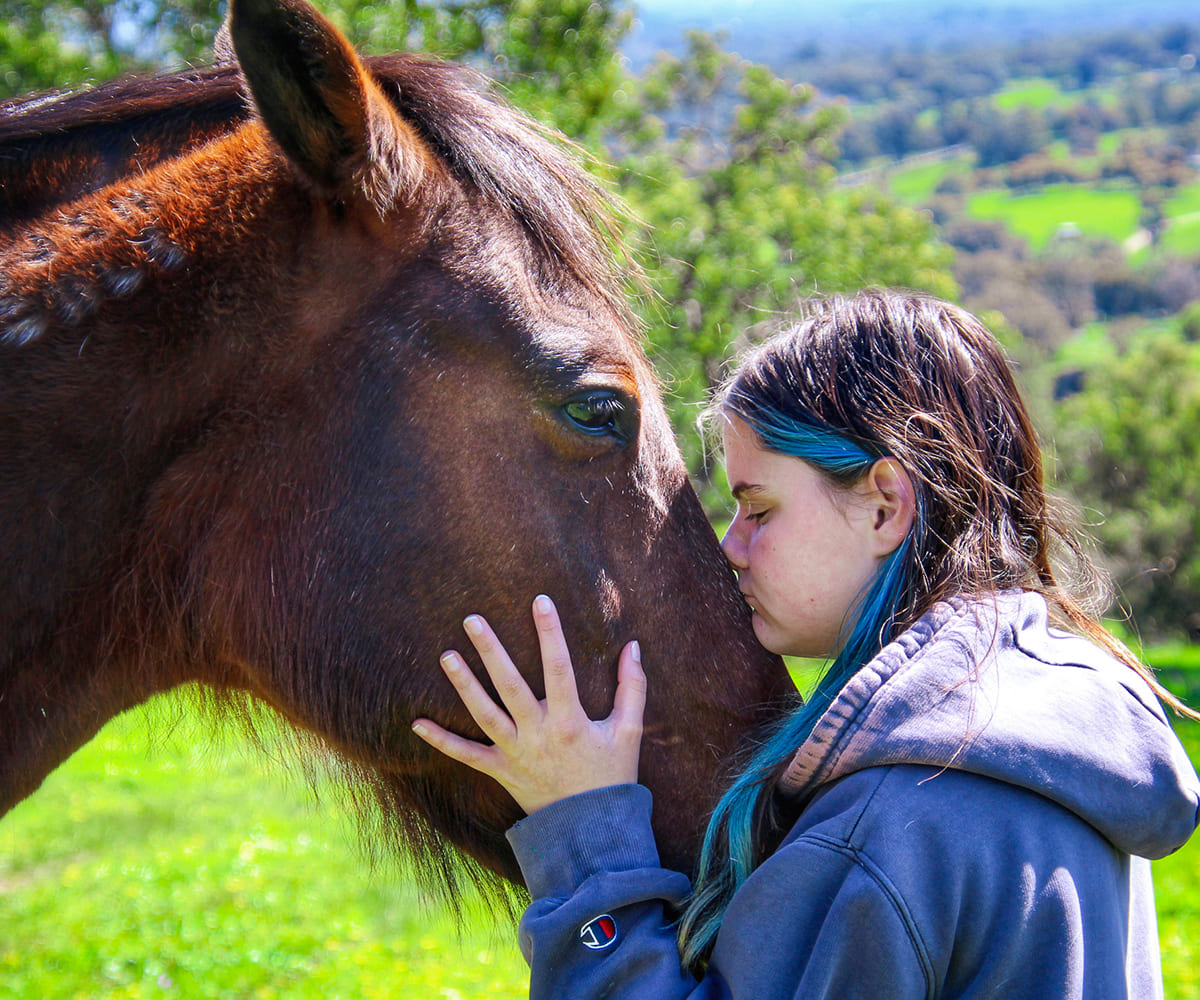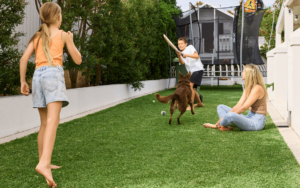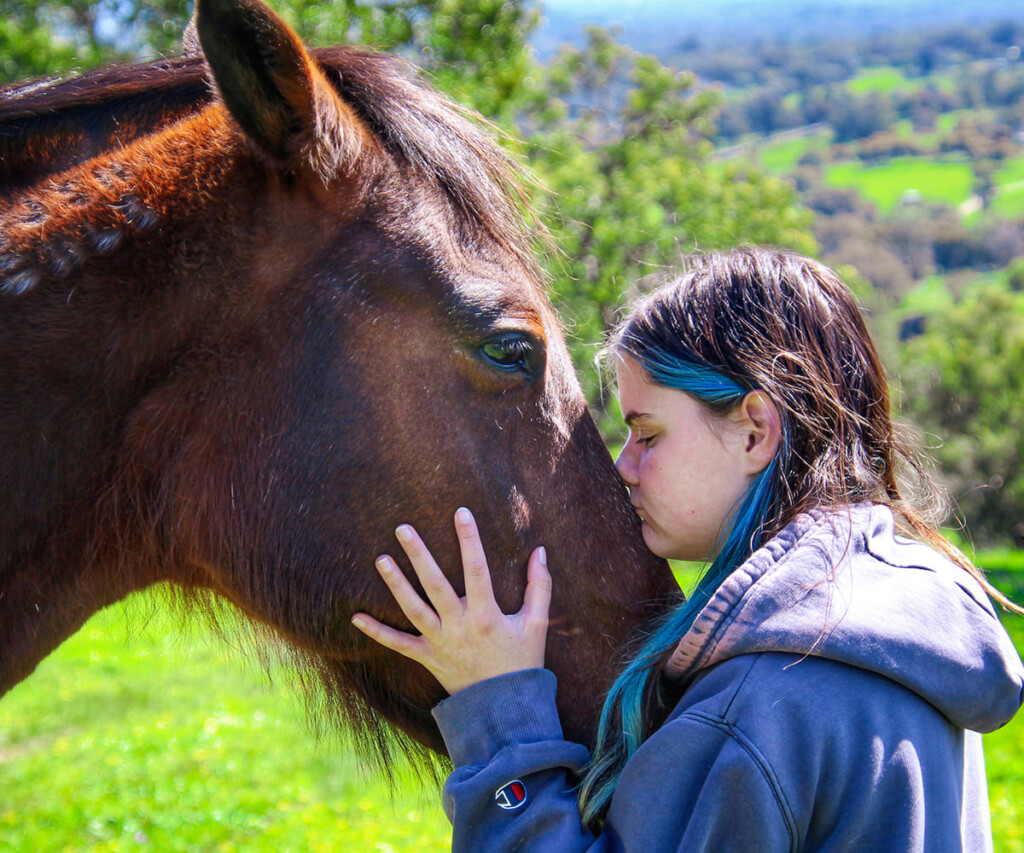
Bringing animals into the classroom or outdoor learning spaces can be an incredible way to boost student engagement, empathy, and emotional well-being. There’s no doubt that animals provide calming companionship, improve attention, and support hands-on learning experiences. But when working with kids and animals, safety must always come first—for both the students and the animals involved.
Creating a safe environment means planning, educating, and monitoring every interaction. Below, we explore practical ways to safely guide students while learning alongside animals.
Risk Assessment – Start with Planning
Before introducing animals into any learning environment, a thorough risk assessment is essential. Not every animal suits every situation, and not every child is comfortable around animals.
Ask yourself:
- Is this animal suitable for children?
- Are there known allergies or phobias among the students?
- Has the animal been trained or socialised around kids?
- What’s the plan if a student or animal becomes stressed?
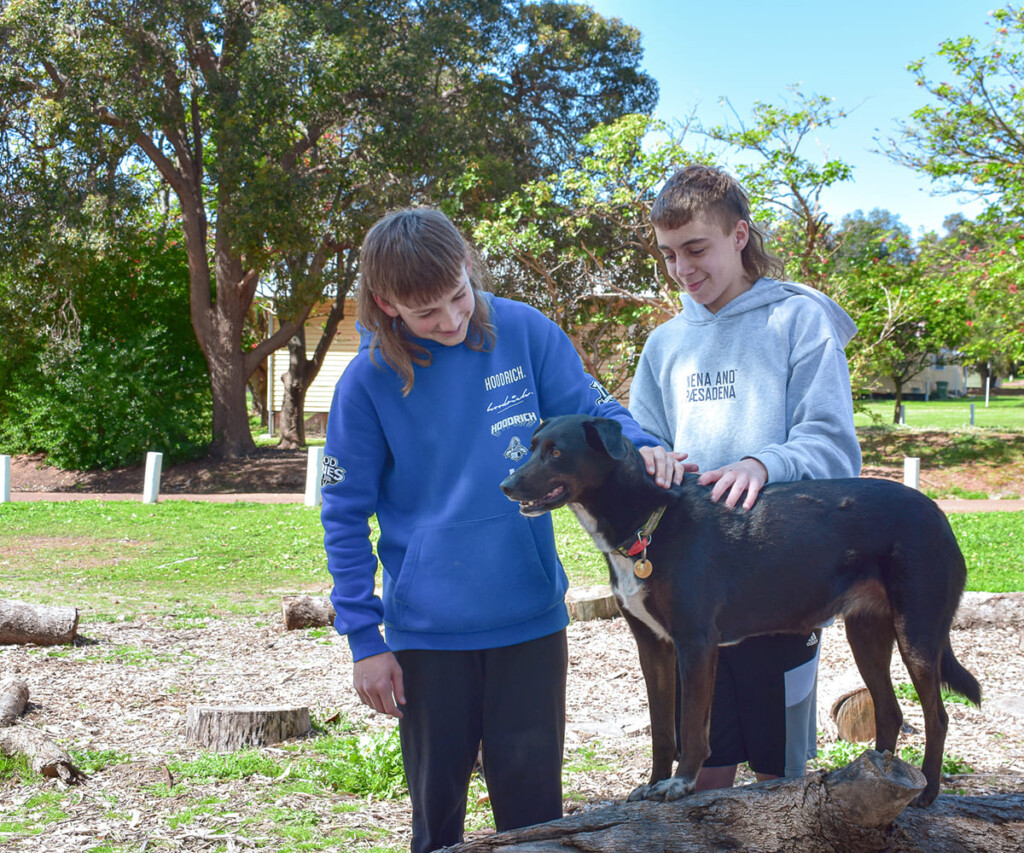
Teach Respectful Animal Handling
Children need clear guidance on how to approach, handle, and behave around animals. Simply letting kids loose to “play” with animals without instruction is risky for everyone involved.
Start with a dedicated lesson covering:
- How to approach animals calmly and quietly
- Signs that an animal is scared, anxious, or needs space
- Safe ways to touch or hold the animal (if allowed)
- Why teasing, chasing, or yelling around animals is dangerous
Use simple, easy-to-remember rules like:
- “Gentle hands, quiet voices”
- “Ask before touching”
- “Watch the animal’s body language”
Supervision is Non-Negotiable
No matter how well-behaved the animal or experienced the students are, all animal interactions must be closely supervised by an adult. Young children in particular can quickly forget instructions in their excitement, so constant reminders are often needed.
Supervision means being alert and ready to step in if:
- A student becomes rough or overly excited
- An animal shows signs of stress (ears back, trying to escape, growling, hissing)
- A child or animal is at risk of injury
Hygiene and Health Safety
Animal interaction is fantastic for social-emotional learning, but it also brings hygiene risks. Teaching kids proper hygiene around animals is just as important as teaching them to be gentle.
Make it part of the routine to:
- Wash hands with soap and water after touching animals
- Avoid face contact with the animal (kissing or hugging too close)
- Keep animal enclosures clean and well-maintained
- Cover any open wounds before animal contact
Remind students that animals can carry germs—even the cute ones—and that good hygiene keeps both humans and animals healthy.
Create Calm Spaces for the Animals
It’s easy to get caught up in how students feel around animals, but the animals’ needs matter just as much. Stress-free animals are safer, calmer, and better companions for learning.
Make sure animals always have:
- A quiet space to retreat if they’re overwhelmed
- Access to water, food, and shelter
- Limited handling time to avoid stress or exhaustion
- A routine that respects their natural behaviours and needs
Rotate animals or schedule rest breaks if needed. Overexposing an animal to large groups of children for too long is not only unfair but also increases the risk of behavioural problems or injuries.
Teach Emotional Awareness
Animals naturally help students develop empathy, but this can be taken a step further with guided emotional awareness activities. Teaching kids to “read” how an animal is feeling strengthens both their connection with animals and their understanding of other people’s emotions.
Try activities like:
- Observing animal body language and guessing what the animal might be feeling
- Discussing how our actions make animals feel
- Practising gentle breathing exercises to calm both themselves and the animal
Know When to Step Back or Stop
No matter how well you prepare, there will be times when animal interaction just isn’t the right fit for a particular day, group, or individual student. Being able to read the situation and call it off (without guilt) is a crucial part of keeping everyone safe.
Step back or stop if:
- The animal is stressed or showing signs of distress
- A student becomes overly aggressive, fearful, or disruptive
- The environment is too noisy, chaotic, or unsafe
Build Responsibility into the Experience
Animal-assisted learning isn’t just about petting cute creatures. It’s a powerful way to teach responsibility and routine. Involving students in animal care tasks—within safe boundaries—can deepen the learning experience.
Simple tasks might include:
- Refilling water bowls
- Helping prepare animal feed
- Cleaning cages (supervised)
- Recording observations about the animal’s behaviour or health
Communicate with Parents and Carers
Before starting any animal-based learning program, it’s important to communicate clearly with parents and carers. Some children may have allergies, phobias, or medical conditions that make animal interaction risky.
Send home a permission slip or information sheet covering:
- The types of animals involved
- Planned activities and hygiene measures
- Any risks or safety protocols in place
- Options for children who may need to opt out or participate differently
Keeping parents informed builds trust and ensures you can plan properly for every child’s needs.
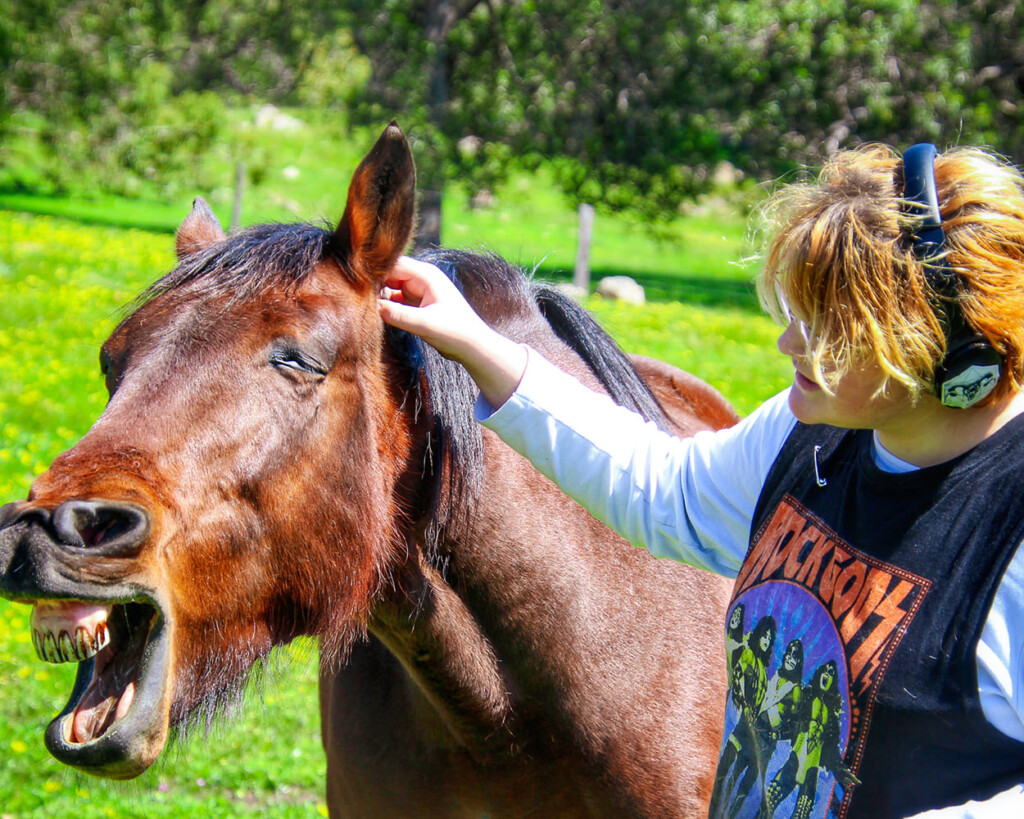
Keep Animal Welfare a Priority
It’s easy to focus so much on student safety that the animal’s welfare takes a back seat. But ethical animal-assisted learning means putting the animals’ needs at the centre of your planning.
Consider:
- Choosing animals from reputable sources
- Ensuring regular vet checks and vaccinations
- Only using animals that are comfortable around children
- Providing safe transport if animals move between locations
Wrapping Up – Safe, Rewarding, and Impactful
Animal-assisted learning has huge potential to improve student engagement, build empathy, and support emotional well-being. But it only works if it’s done safely, with careful planning and respect for both students and animals.

